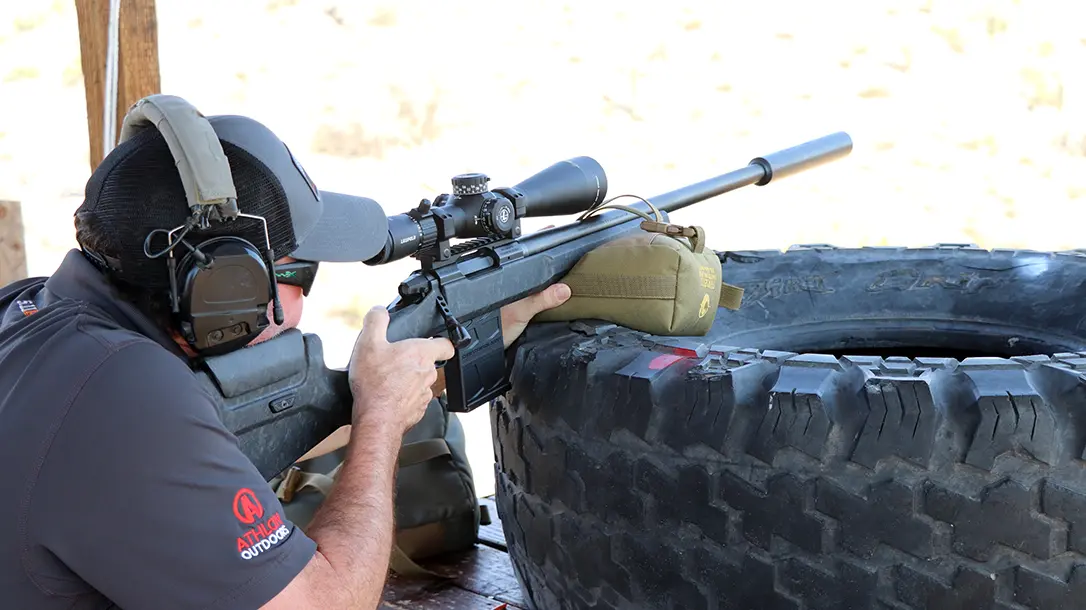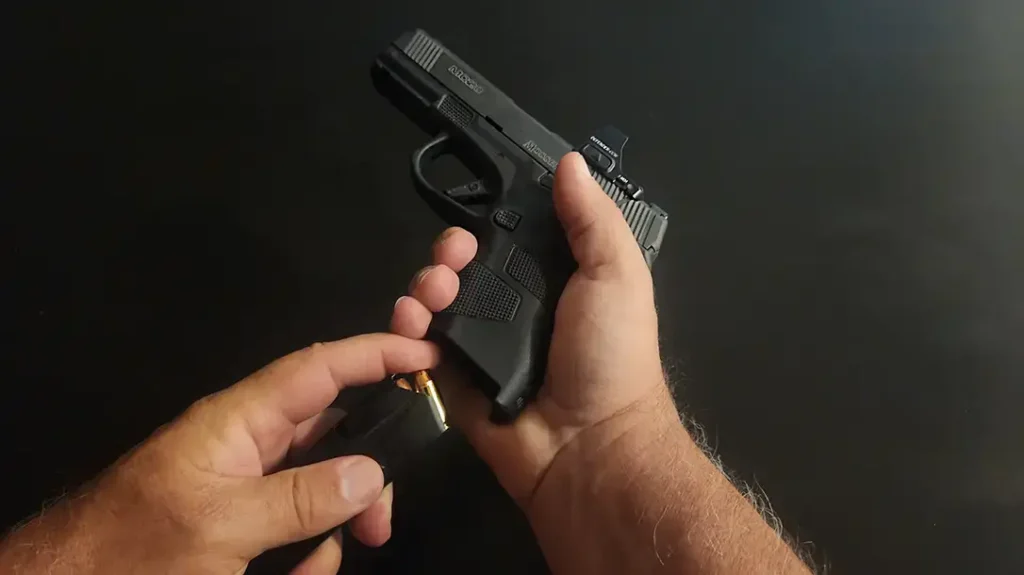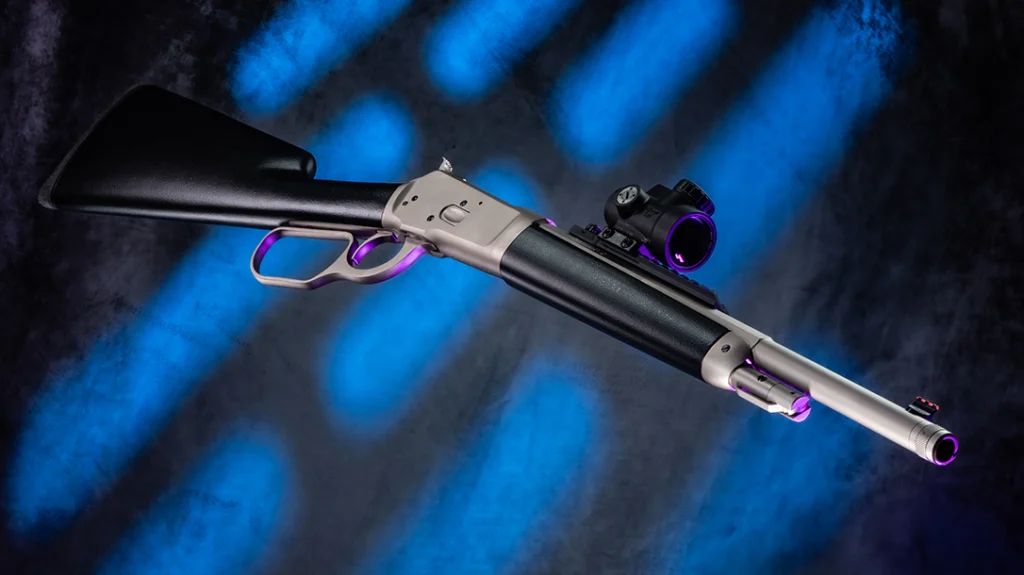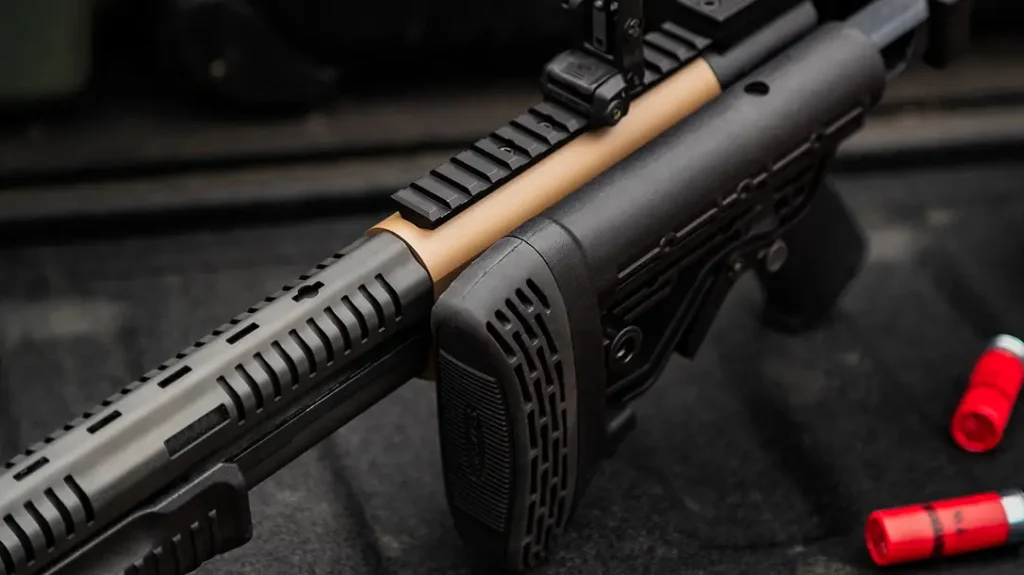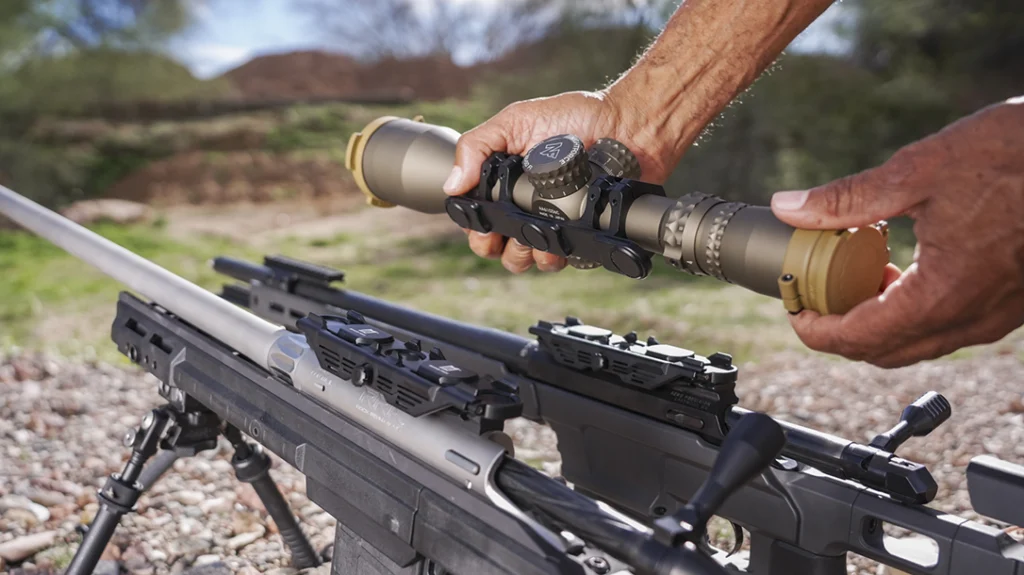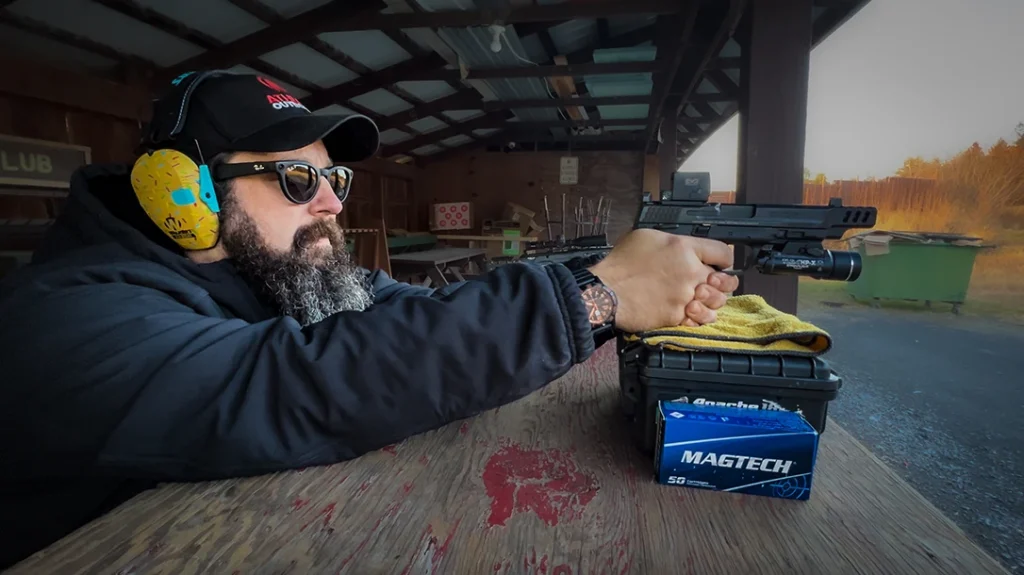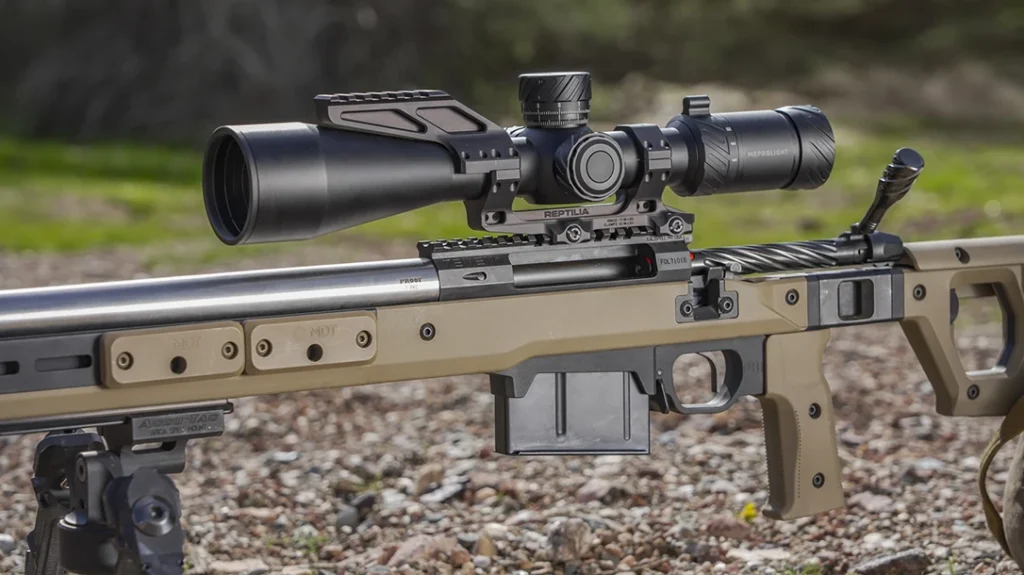I’ve shot 2-Gun competitions as well as USPSA and IDPA for years. When my editor told me July would be dedicated to long-distance articles, I decided it was time to get out of my comfort zone and try long-range competition. I just hoped Sean Utley didn’t show up at the same competition and make me look bad.
Precision Noob Adventures with the Christensen Arms MCR
First, I needed a really accurate rifle. I reached out to Christensen Arms and asked if I could borrow their new Modern Carbon Rifle (MCR) in 6.5 Creedmoor. I had the chance to shoot these guns at a media event earlier this year and I was beyond impressed. Several of us were running them out to 1,000 yards and hitting the center of 3’x3’ steel 20 minutes after sighting them in like it was our day job.
Christensen Arms was founded by an engineer who worked in the aerospace industry. He didn’t start out as a genius at designing guns, but he was a genius at using other people’s designs and combining them with space age alloys and revolutionary technology to make incredible rifles. The MCR has the tried-and-true Remington 700-style stainless steel action, but it is mated to a hand-lapped, free-floated, carbon-fiber wrapped barrel. Sidenote: Christensen Arms was the very first company to carbon-fiber wrap barrels, even if a lot of other companies have gotten more famous doing it. The barrel and action are fitted into a Flash Forged Technology (FFT) carbon-fiber stock. FFT is an advanced type of carbon-fiber that is lighter than traditional carbon-fiber, but 100% dependable for stiffness and holding zero. It also has a push-button cheek riser.
Advertisement — Continue Reading Below
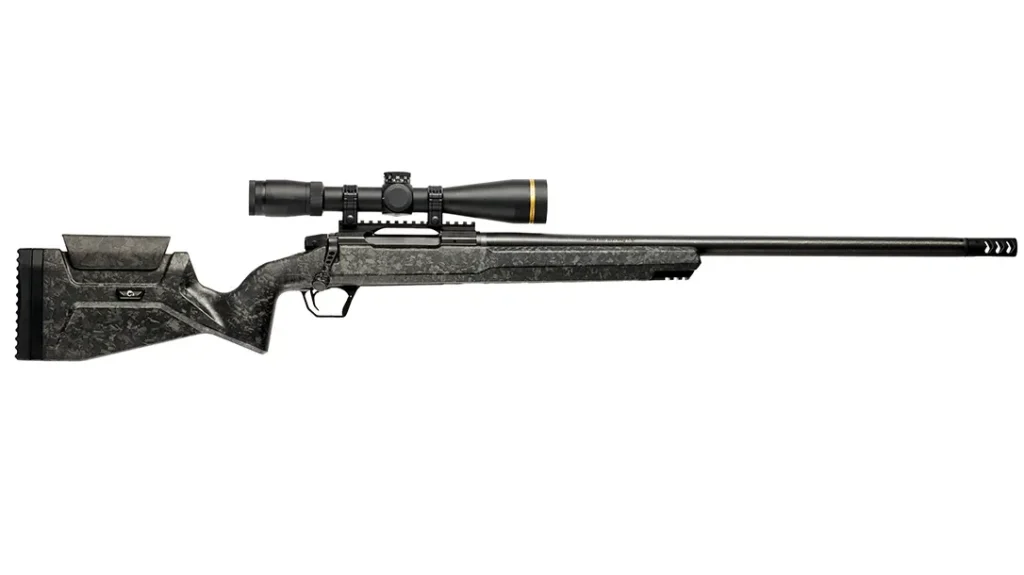
Stock Report
As I get older, stocks on precision rifles without an adjustable cheek riser have become a deal breaker to me. I am tired of trying to attach adhesive pads or leather spacers on my stock to get my cheek weld right. People have different height cheekbones and every gun that will have a variable power scope should have some type of built-in, variable cheek riser, or I am a “hard pass” on that gun. Finally, they put in a top-of-the-line TriggerTech trigger, which is adjustable from 2.5 to 5 pounds.
Leupold Mark 4HD Glass
Next, I needed a good scope. This year, Leupold took its incredible Mark 5HD scopes, streamlined everything it could to make them more affordable, and released the Mark 4HD series. They both have Leupold’s professional-grade optical system for the best possible light transmission. I have spent a fair amount of time behind both scopes. Leupold might not like me saying this, but for 90% of shooters, I would recommend the Mark 4HD. Unless you are really pushing the outer limits of what a scope can do in terms of long distance and lower light shooting, I don’t think you will get that much more by buying the Mark 5HD.
Advertisement — Continue Reading Below
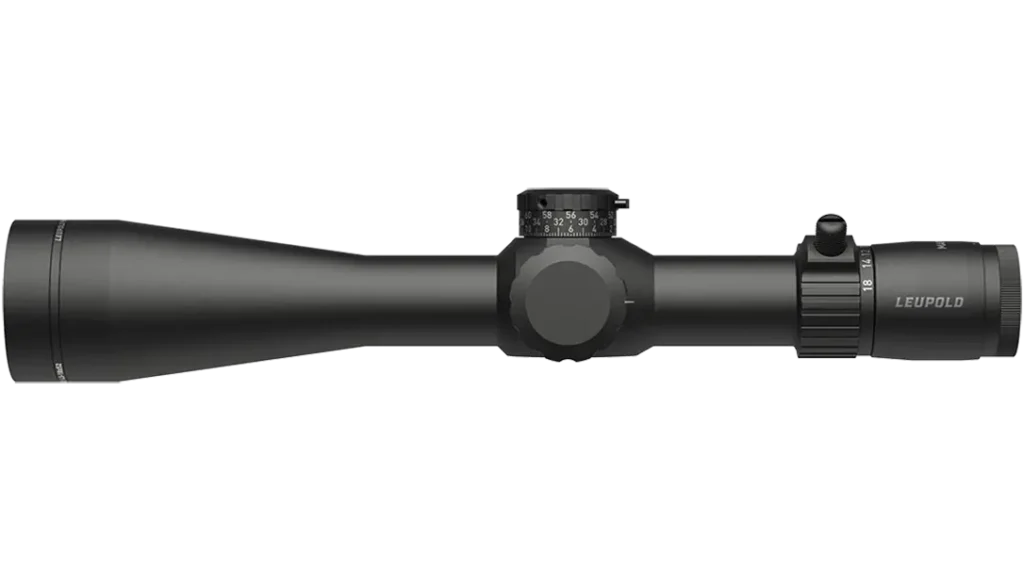
When I asked to borrow one of the new Mark 4HDs I requested one in MOA instead of Mil Dot due to familiarity. Virtually all the competitors use Mil Dot. My scope has the PR2 reticle and is first focal plane, which I prefer. The PR2-MOA reticle has the Christmas tree-style reticle, which is handy when you need to make faster adjustments for holdover and windage. During the match, I took the time to dial for each distance, but if I was more comfortable with the setup, I would have used the holdover. The windage hash marks are a no-brainer. I always use them as opposed to trying to dial my windage on the side turret.
Feed the Beast
Finally, I reached out to Federal ammunition to get some of their Federal Premium Gold Medal Centerstrike Open Tip Match 140-grain in 6.5 Creedmoor. It is brand new, but I was introduced to it at the aforementioned writer’s event. It is laser accurate. We had a table covered in boxes of this ammo and we went through it like gangbusters. I see the advantage to hand-loading and working up a perfect load for your specific rifle. However, for most of us, time and money is a big factor. It is a lot cheaper and easier to find a premium round, get it dialed in, and stick to it. For competition, this round was perfect.
Advertisement — Continue Reading Below
I had time for one range session to sight in and get my ballistic data using my trusty LabRadar before my first competition. The MCR had a 20-MOA rail, so the scope was shooting high at 100 yards even after the turret bottomed out. I loosened the two Allen screws on the turret, turned it past, and was able to dial it in perfectly at 100 yards. My last three shots after my final sight adjustment were one single cloverleaf, and that was a big confidence booster. This rifle shot way under MOA.
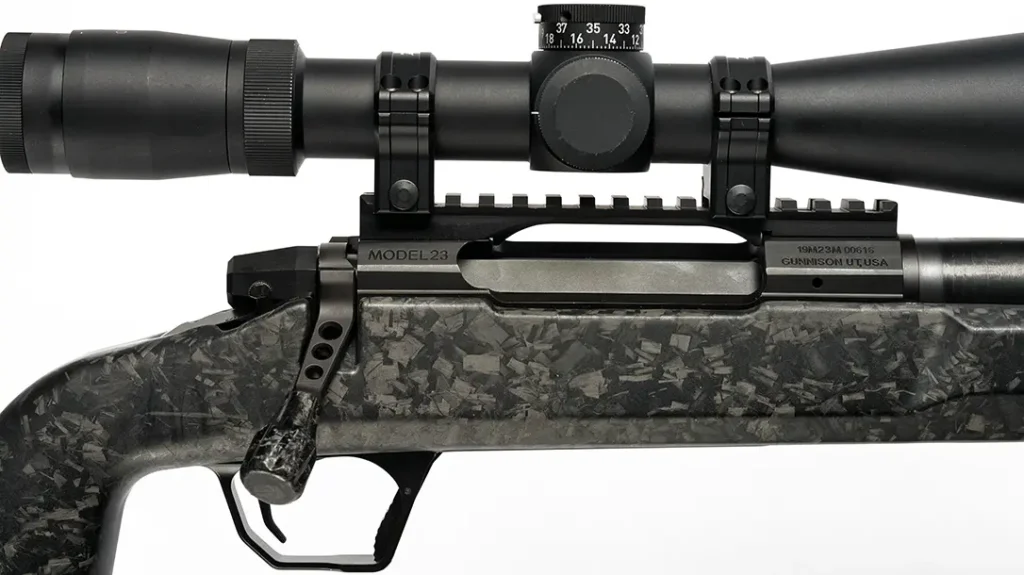
Data Dump
Back home, I plugged the velocity and all of the data into a free, online ballistic calculator, and then printed up a page with my bullet drop and MOA adjustments needed out to 1,200 yards by 25-yard increments. I did not have time to check my dope and the next time I shot the gun was on the clock in competition. Definitely a gutsy move to compete only having fired nine rounds through the gun, but I got lucky and even at 600 yards, my dope was within an inch or two.
Advertisement — Continue Reading Below
I showed up at an AZ Precision Rifle Summer Club Match in mid-July at Cowtown Range north of Phoenix. It wasn’t hard to get a spot; did I mention mid-July and Phoenix? They follow PRS rules. I explained this was my first match and I was lucky enough to have a fellow newbie in our squad. Everyone there was extremely helpful, explaining the courses, offering advice, and even offering different pieces of gear for us to try out in the stages. I have done plenty of USPSA, IDPA, and 3-Gun matches through the years, but there were a few differences I wish I had known before I started.
First, forget the mechanical safety on your gun. Unlike 3-Gun where not using them can quickly get you disqualified, they don’t use them. In fact, some competitors had removed their safeties completely. Instead, the bolt is kept open until you see your target through the scope, then you close it, press the trigger, and open it back up. That is the only time your bolt is allowed to be closed.
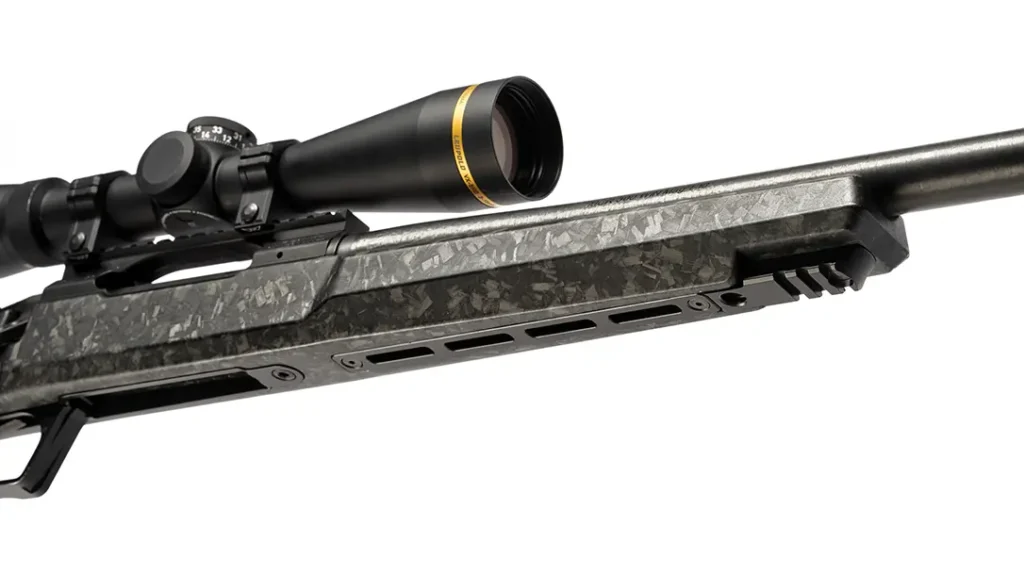
Advertisement — Continue Reading Below
Match Minutiae
Another difference, if a USPSA competition says you need 100 rounds, you take at least 200. You can make up for misses and it never hurts to give a target a little extra love if you aren’t sure if you hit the A Zone. In PRS, if it says you need 60 rounds, the max you will need is 60 rounds. Most courses only allowed eight or 10 rounds. Once those are fired, you are done. I ran out of time on every course, so I never even needed that many. Self-induced pressure gets you trying to rush and taking shots when the gun isn’t completely solid. That’s a mistake. Better to take the full 90 seconds and get one perfect shot off, than to have 10 misses.
So how did I do? I only made 10 hits out of a possible 46. In fairness, I fired less than half of the allotted rounds. I almost didn’t shoot at all on my first stage because I kept closing the bolt and engaging the safety which was a big “no-no.” When I did get into a solid position and could locate the target, the gun, the scope and the ammunition were money. I would love to run the course a second time to see how much higher I would score. After that, I would love to take the MCR and Mark 4HD scope on an antelope hunt in Wyoming where a 500+ yard shot is normal or a Montana elk hunt where you are hiking up steep mountains for days on end before getting one shot in less-than-ideal conditions. That is what the Christensen Arms MCR was made for.
For more information on the Christensen Arms MCR, visit christensenarms.com.
Advertisement — Continue Reading Below
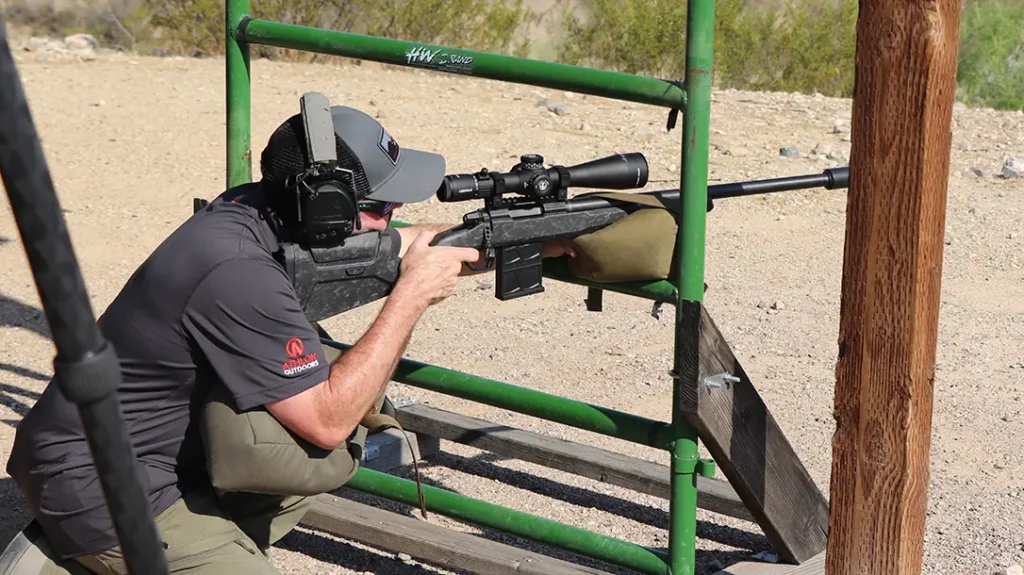
Christensen Arms MCR Specs
- Caliber: 6.5 Creedmoor
- Barrel Length: 22 inches
- Weight: 6.7 pounds
- Barrel Type: Button Rifled, Hand Lapped, Carbon Fiber Wrapped
- Twist Rate: 1:8
- Muzzle Device: RFR Style Muzzle Brake
- Stock: FFT Carbon Fiber Stock
- Bolt: Skeletonized
- Trigger Type: Adjustable Triggertech
- Trigger Weight: 2.5-5 pounds
- Capacity: 3, 5 or 10;
- Magazine: AICS pattern magazine
- Action: Remington 700 Style
- MSRP: $2,399.99
